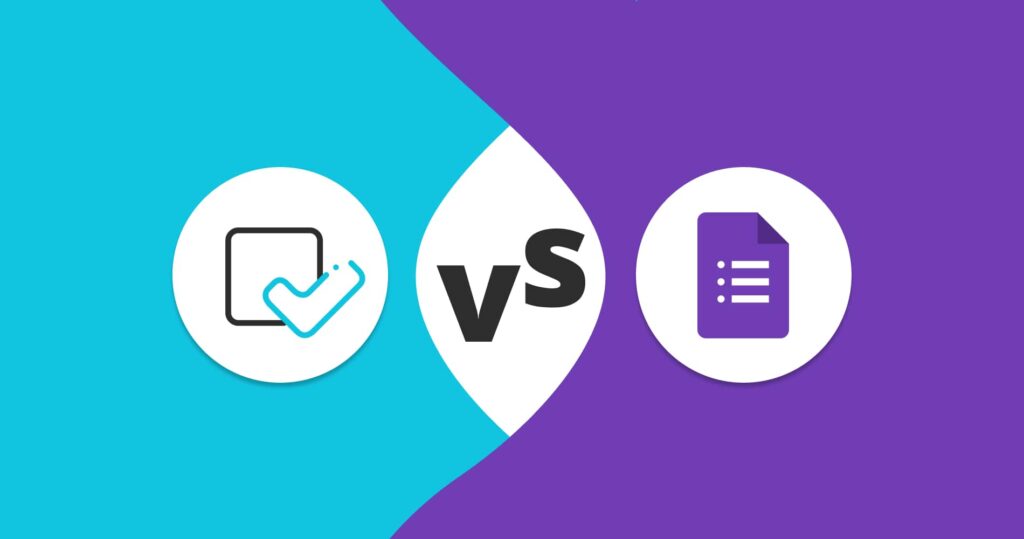Across industries, compliance leaders are under pressure. From tightening data privacy laws to growing scrutiny on ESG practices and third-party risks, the regulatory environment is becoming more unpredictable. And with it, the cost of getting compliance wrong keeps rising—in penalties, reputation damage, and operational disruptions.
For risk and compliance teams, the challenge isn’t just about keeping up. It’s about building a system that’s flexible enough to adapt when regulations change but strong enough to support daily operations with clarity and control.
That’s why leading organizations are taking a strategic approach to selecting the best compliance management software—one that not only addresses current challenges but also enhances long-term regulatory resilience.
This post breaks down how top-performing teams make their decisions, what features they prioritize, and what pitfalls they actively avoid.
Why the Right Compliance Software Matters
Many organizations still manage compliance using scattered spreadsheets, siloed tools, and email threads. But as reporting demands increase, so does the risk of something slipping through.
Compliance software helps reduce that risk by centralizing policies, automating tasks, and making audit preparation easier.
It also helps teams:
- Monitor regulatory changes more effectively
- Respond to issues faster with structured workflows
- Track accountability across departments
The result isn’t just easier compliance. It’s better control, greater visibility, and fewer surprises when external audits arrive.
Let’s explore how leading teams go about selecting the right tool.
Step 1: Understand Your Regulatory Landscape
Before looking at features, organizations first map their regulatory environment. This includes identifying all internal and external obligations across geographies.
For example, a financial services firm operating in the US, EU, and APAC may need to comply with SOX, GDPR, MAS, and Dodd-Frank, each with unique reporting and documentation rules.
Teams that perform this upfront regulatory mapping are better positioned to find a platform that aligns with their real needs. It also helps eliminate solutions that lack flexibility or require heavy customization for industry-specific standards.
Step 2: Define Internal Use Cases and Stakeholders
No compliance tool works in isolation. In leading companies, the selection process involves stakeholders from various departments, including legal, risk, IT, operations, and HR.
Each team brings a different need to the table.
For example:
- Legal may focus on policy version control.
- Risk teams may need real-time dashboards.
- IT often evaluates integration and data security.
By identifying what each function expects from the platform, organizations ensure the selected software is usable and valuable across the board, not just to the compliance department.
Some firms also assign an internal team to draft an RFP (Request for Proposal) with scoring criteria to compare vendors more objectively.
Step 3: Evaluate Key Capabilities
While every company’s needs vary, some core capabilities consistently stand out as must-haves:
- Centralized Repository: A single source for policies, procedures, and compliance frameworks.
- Automated Workflows: For assigning tasks, reviewing policies, and tracking attestations.
- Change Tracking: Full audit trail of who did what and when.
- Regulatory Alerts: Notifications on changing rules and requirements.
- Reporting Tools: Built-in templates for internal and external audits.
The best software also integrates easily with other business systems like HR platforms, IT ticketing tools, or document management systems.
Rather than chasing every feature, high-performing teams prioritize those that solve real workflow problems. For instance, a manufacturing firm may value risk incident management more than regulatory news feeds.
It’s about fit, not flash.
Step 4: Test for Usability and Scalability
A powerful compliance tool isn’t helpful if it’s too complicated to use.
Organizations that lead in compliance maturity test shortlisted platforms for user experience. They often pilot the system with a small team to assess:
- How easy is it to create and assign tasks?
- Can non-technical staff find and update documents easily?
- Is training minimal, or does it require weeks of onboarding?
Scalability is equally important. If your company expands to new regions or increases headcount, the platform should scale without major rework or added cost.
The goal is to find software that grows with you, not something that holds you back when you scale.
Step 5: Verify Security and Vendor Trust
Compliance software handles sensitive information. That means vendor security isn’t optional—it’s essential.
Leaders in regulated sectors check for certifications such as
- SOC 2 Type II
- ISO 27001
- GDPR readiness
- Data encryption and access controls
Beyond certifications, they also ask questions like
- Where is the data stored?
- Who owns the data?
- What happens if the vendor is acquired or shut down?
Recent guidance from the OCC’s Cybersecurity and Financial System Resilience Report emphasizes the need for compliance management solutions that not only address current regulatory requirements but also integrate cybersecurity best practices to safeguard sensitive data and maintain operational resilience.
Transparency here matters. A good vendor will be able to answer these questions in detail and provide documentation when requested.
Step 6: Consider Support and Product Roadmap
Post-sale support can often determine the success or failure of implementation.
Top organizations ask:
- Will there be a dedicated support manager?
- How quickly does the vendor respond to queries?
- Are there regular product updates?
- Can they share their product roadmap?
Compliance is a long-term effort. Teams want a software partner that listens, iterates, and evolves with industry needs, not one that goes quiet after the contract is signed.
Common Mistakes to Avoid
Even experienced teams can overlook important factors when selecting compliance software. A few common pitfalls include
- Choosing based on price alone: low cost upfront often means limited capabilities or hidden configuration fees.
- Skipping user testing: If the team struggles to use the tool, adoption suffers.
- Ignoring long-term needs: A tool that fits today but lacks scalability becomes a blocker down the line.
- Overcomplicating selection: Trying to check every possible feature leads to delays and indecision.
What sets successful teams apart is clarity. They know what matters to their workflows and focus on finding a solution that solves for it.
Quick Internal Checklist Before Final Selection
Before signing with any vendor, leading organizations run through a focused checklist:
- Does the platform support the frameworks we need (SOX, HIPAA, etc.)?
- Can it integrate with our existing systems without complex customization?
- Is it easy enough for all departments to use without heavy training?
- Are dashboards and reports clear and exportable?
- Does the vendor offer strong support and a proven track record?
A simple checklist like this brings focus during demos and ensures the team evaluates vendors consistently.
Conclusion: Software That Enables Long-Term Compliance Strength
The goal of compliance software isn’t just to meet requirements.
It’s to make regulatory processes more manageable, more predictable, and more connected to business outcomes.
The best compliance management software supports this by helping teams detect issues earlier, manage documentation better, and build a culture of accountability.
Leading organizations know that the right platform is not just a tool—it’s a foundation for sustainable, resilient compliance.
Taking time to evaluate carefully, involve the right teams, and ask the right questions pays off in clarity, efficiency, and control.




